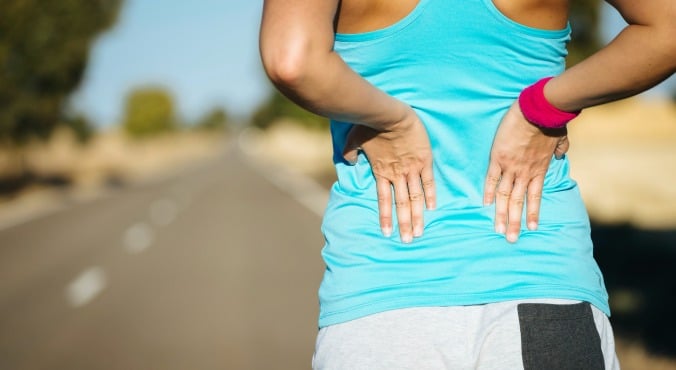
Image via Thinkstock
Last week, I did a new workout at a new gym. And while it was challenging, it wasn’t completely awful.
“You’re going to be sore tomorrow,” my trainer promised me as I left. And I chuckled and headed off to the shops, thinking nothing more of it.
The next day was nothing short of torture. Everything hurt. Simple tasks, such as going to the loo, became monolithic events that were almost impossible – largely due to the fact that my leg muscles had given up on life completely. At one point, I face-planted into the bitumen while simply trying to walk down the street.
It was a bad day, followed by a slightly less bad day, during which I could move my legs, but could barely move my upper body.
It’s crazy how sore we can get after a tough workout. And I’ve never known exactly what should be done to try and avoid hobbling around for days after a particularly grueling run/Crossfit session/hot yoga class. Some people suggest more protein. Others say the secret is all in stretching.
I turned to the experts for their opinions on what makes us sore and what we can do to prevent it. I chatted to:
Katie Williams, an Accredited Exercise Physiologist at Exercise & Sports Science Australia; and Vix Erber (also known as Bondi Vixen), a Personal Trainer who was recently named one of the top 5 PT’s in Australia by Ultra Fitness Magazine.
Here’s what they had to tell me.
Why do we feel sore after a workout?
VIX SAYS:
"Rolling out of bed with throbbing muscles proves yesterday’s workout was a challenge. Congrats!